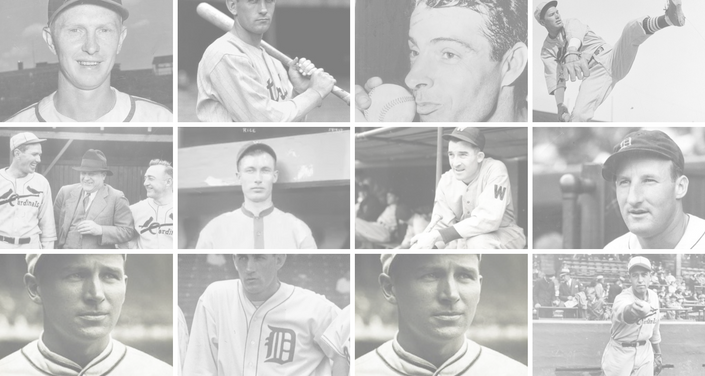1943 – The woeful Philadelphia Phillies announce their new nickname – the Blue Jays. The winning entry in the contest was submitted by a Mrs. Elizabeth Crooks, and was chosen over a number of names ranging from Daisies to Stinkers. Team president Bob Carpenter says he hopes to have the farm system identified by the same blue color, with the Wilmington club called the Blue Rocks and possibly the new Bradford team as the Blue Wings. The Blue Jays will be the official team name in 1943 and 1944, but will be abandoned in 1945, though the team will still occasionally be referred to in newspaper accounts as the Blue Jays through 1949. Ms. Crooks wins a $100 war bond and a season ticket to the Blue Jays.
1943 – The woeful Philadelphia Phillies announce their new nickname – the Blue Jays. The winning entry in the contest was submitted by a Mrs. Elizabeth Crooks, and was chosen over a number of names ranging from Daisies to Stinkers. Team president Bob Carpenter says he hopes to have the farm system identified by the same blue color, with the Wilmington club called the Blue Rocks and possibly the new Bradford team as the Blue Wings. The Blue Jays will be the official team name in 1943 and 1944, but will be abandoned in 1945, though the team will still occasionally be referred to in newspaper accounts as the Blue Jays through 1949. Ms. Crooks wins a $100 war bond and a season ticket to the Blue Jays.





